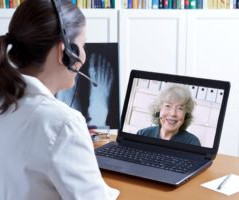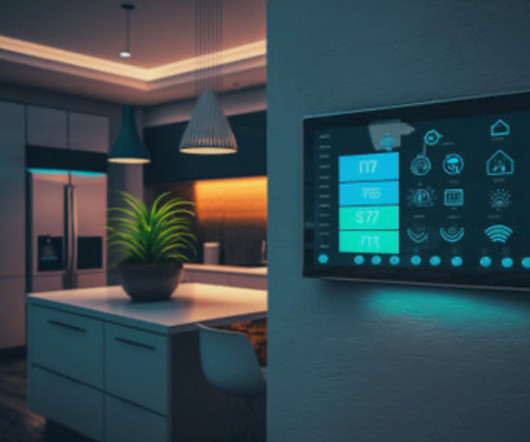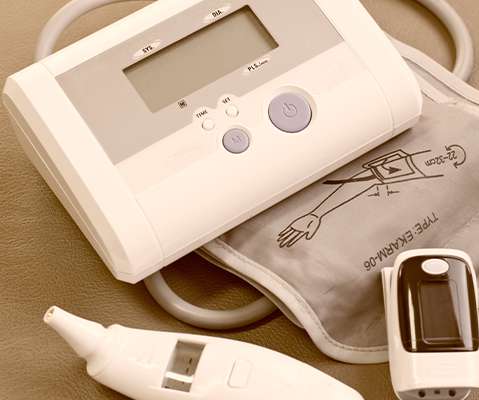The Tele-ICU Revolution Is Upon Us: Here’s What to Know
AMD Telemedicine
JANUARY 16, 2024
Telemedicine experienced a boom after the pandemic, with approximately 37% of US adults relying on the service for regular healthcare. Perhaps most critical is the rise of the telemedicine intensive care unit (Tele-ICU, also known as virtual ICU), which uses secure audio and video to provide remote care to critically ill patients.



















Let's personalize your content